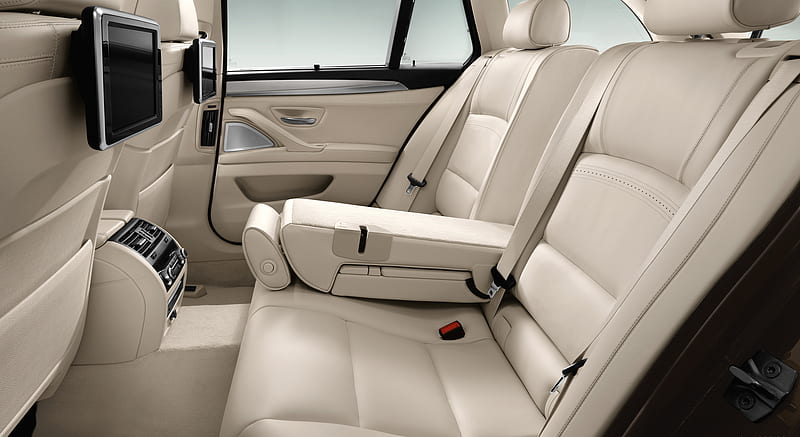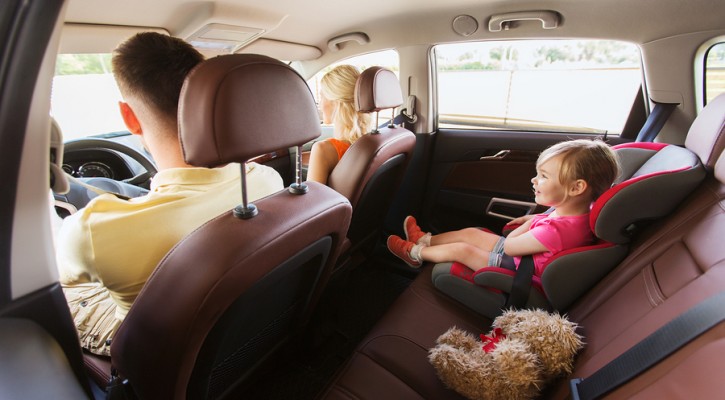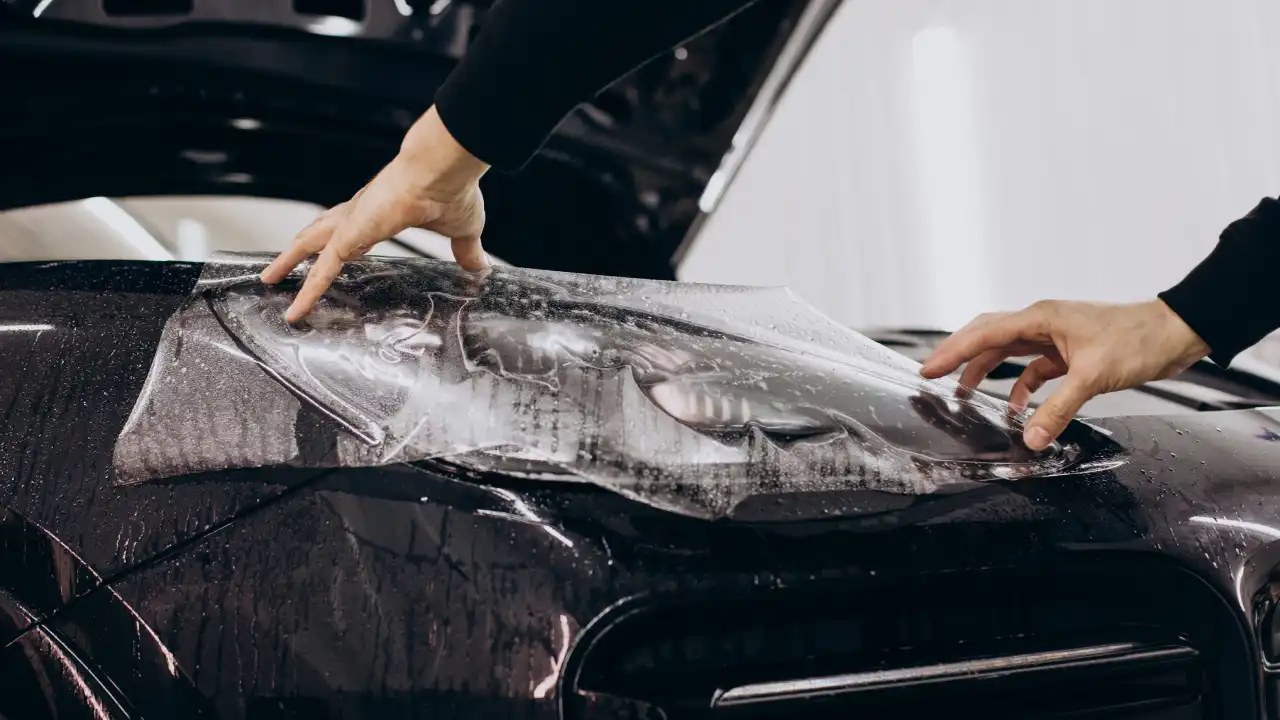[ad_1]
When you have a child, your priorities naturally realign. Safety is paramount when it comes to our kids, and nowhere is that more important than when traveling in a vehicle. Check out our tips for ensuring your child is safe on the road and around traffic, even when you aren’t looking.
Car Seats

It is difficult to comprehend that car seats were not mandatory under the law in all 50 states until 1986. There continues to be an absence of coordinated regulations between states regarding vehicle safety requirements for motor vehicles, although nearly 250,000 traffic accidents involving children occur every year.
Every state, county, province, and country may have its own regulations, but it is now advised that children from birth to approximately 10 to 12 years of age use either top quality car seats or booster seats, with the upper age limit based more on height and weight than a set age requirement.
Keep Children in the Back Seat

Riding in the front seat seems a right of passage for most children, especially since it tends to coincide with becoming a teenager. The American Academy of Pediatrics endorses keeping children secure and fastened in the back seat while driving until 13 years of age. However, as with a car seat or booster, your child’s age is less relevant in this circumstance than their height and weight. If your child is smaller, opt for keeping them in the back seat, since car manufacturers typically design airbags for those over five feet and 150 pounds.
Eating and Drinking

Babies and children can easily choke, and you may not notice, even if they are within your sight in the rear-view mirror. Imagine what would come next if you did see your child struggling to breathe: likely you would panic and stop the car abruptly, which could also lead to a further accident. If you do need to offer your child snacks while you’re driving, then opt for yogurt drinks or other treats with a limited likelihood of choking.
Safe Sleeping

Children often fall asleep on car journeys, regardless of how short the distance is. Ensure your child sleeps safely and comfortably by keeping them harnessed and the straps snug. It is best to keep the car temperature warm to dissuade the use of blankets and coverings that could potentially interfere with your child’s breathing. Ensure that their head is either tilted back or to the side, never with their chin on their chest.
Use child locks

Even if your child is securely locked in their car seat and unable to reach the door handles, it is still worthwhile always engaging the child locks. Accidents can quickly happen if a toddler escapes from the back seat in a stationary vehicle while loading groceries in a busy car park.
Teaching children about vehicle safety is best started as early as possible. Holding hands in busy car parks, looking both ways when crossing the road, and never unbuckling a seat belt or car seat in a moving car are all lessons that could one day save a life.
[ad_2]
Source link




More Stories
From Track to Gala: The VIP Experience at Supercar Rally Events
Keep Your Vehicle New with the Best Paint Protection Film
Why More Drivers Are Choosing Vinyl Wrap for Their Vehicles